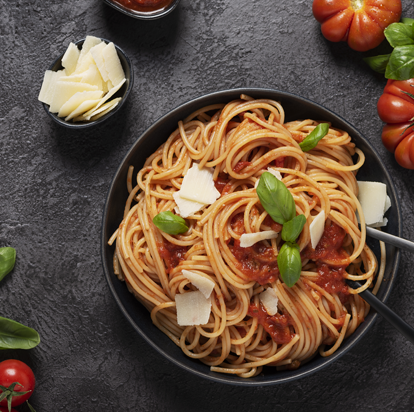In this final post of our blog series on the future of clean label, we turn our attention to discussing regulatory developments. Here’s what you need to know about the future of clean label – now.

In this final post of our blog series on the future of clean label, we turn our attention to discussing regulatory developments. Here’s what you need to know about the future of clean label – now.
As more companies adopt a natural positioning for their products, Europe-wide regulation for the term ‘natural’ may become necessary to ensure consumers are not misled.
Following finalisation of the ISO specification for the use of the term ‘natural’ in B2B communications, it may only be a matter of time before these requirements trickle down to consumer-facing channels.
Best practice between retailers and suppliers, along with defined codes of practice, is expected to drive implementation of the new guidelines. This is likely to have far-reaching implications for all parts of the food industry. Ingredient suppliers, manufacturers, retailers and chefs may all be expected to demonstrate compliance.
The number of authorised food additives will lessen following the European Food Safety Authority’s completion of its safety re-evaluation programme next year. Additionally, due to the reduction in Acceptable Daily Intakes (ADIs) for some additives, the permitted applications may be reduced, leaving manufacturers with fewer ingredients at their disposal, impacting formulation and prompting manufacturers to explore clean label alternatives.
Attention will focus on using the latest advances in technology to improve allergen detection levels to an exceptionally high standard.
Rather than restrict the availability of free-from product ranges, forward-thinking companies will capitalise on these sophisticated analytical tools and create dedicated allergen-free facilities.
This revolutionary approach to production will avoid cross contamination issues, reducing the risk of product recalls and potential liability issues.
This style of manufacturing may also allow product allergen labelling to be simplified to avoid confusion, duplication and the risk of error.
For authorities, there is a major challenge to get the regulatory balance right. Too few regulations may put consumer protection at risk, but regulating too strictly risks stifling innovation.
An example of this is the regulation of health claims, with the burden of proof required by EFSA being viewed by some industry players as too expensive to achieve. No middle ground is currently permitted under the current health claims regulations, so lifestyle and softer claims are expected to continue to dominate.
Manufacturers will be under ever-greater scrutiny to demonstrate compliance. Transparency and honesty will be vital to gain and retain consumer trust. But in this highly regulated, technology-driven era, there will be nowhere to hide, making confidence in supply chain ingredients and the claims they support essential.
Navigating regulatory changes in the food and beverages industries is no small task – however, it is a vital one, especially when it comes to clean label products. Protecting consumers by offering maximum information on allergens, ingredients and assessing and reacting to potential risks is key to maintaining safety and earning trust.
Not only this, but diligent manufacturers retain trust and respect within their industry, paving the way for longevity, adaptability and ultimately, their success.

A clean label can help to ensure your product repeatedly gets chosen. Yet, when you have complex functionality and performance needs to consider, clean labels can present a challenge. Ingredion’s global reach and local knowledge can help you create authentic foods and beverages formulated with next-level ingredients consumers accept, expect and prefer.